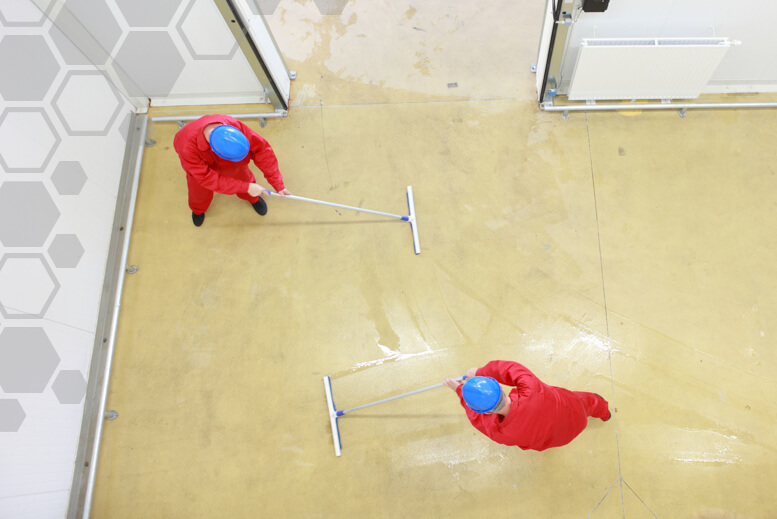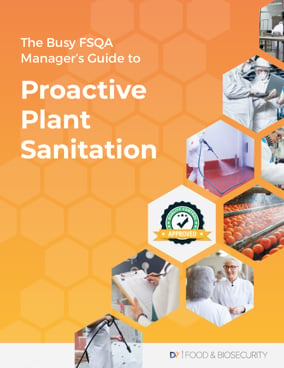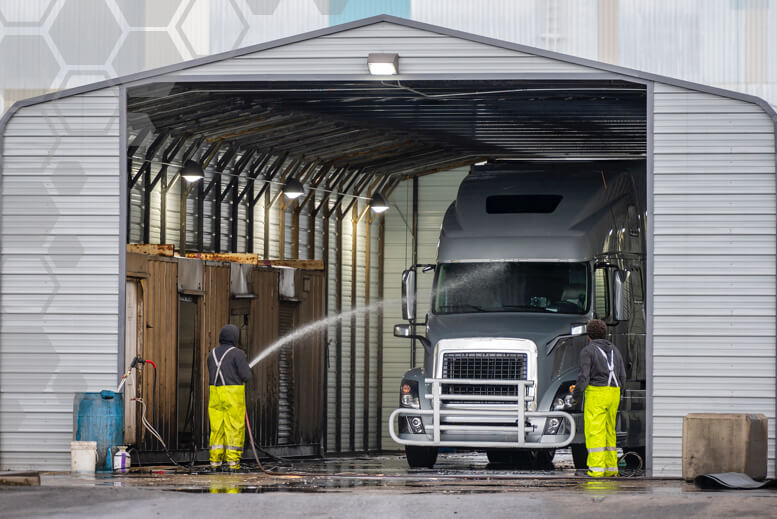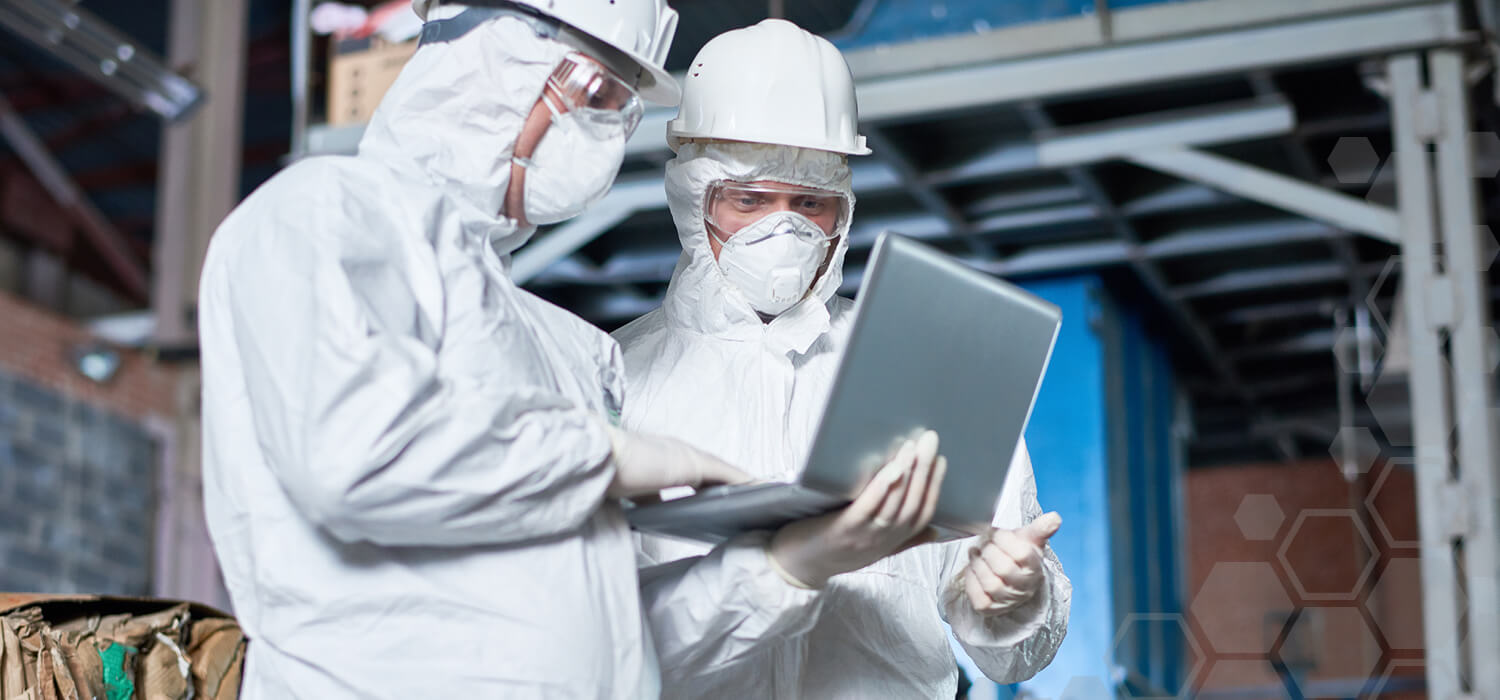Understanding which pathogens are most commonly found in food processing plants is an important part of preventing an outbreak.
Escherichia coli (E. coli)
E. coli are bacteria that live in the intestines and are generally harmless. However, certain types of E. coli can cause gastrointestinal illness ranging from mild to severe cases. Infections can spread when wildlife or livestock contaminate meat or food crops, or when food handlers don’t use proper hygiene practices.11
Salmonella enterica
Salmonella bacteria cause the foodborne illness salmonellosis. The CDC estimates about 1 million people in the US get sick each year from this illness. Salmonella spreads through consumption of raw or undercooked meat, poultry, dairy, eggs, or food that has been contaminated by touching surfaces with the bacteria on it.12
Listeria monocytogenes (L. monocytegenes)
Listeria is a disease-causing bacteria that can survive under refrigeration and lives in soil, water, meat, and produce. The bacteria are transmitted during food harvesting, processing, packing, transportation, and storage when contaminated materials enter the environment through soil, water, and air.13
Biofilms
Biofilms are complex microbial ecosystems comprised of one or more species of microorganism that form in an extracellular matrix of polysaccharides and attach to a surface. This matrix provides a structure that makes it difficult to remove the biofilm while also providing nutrients and protection for the bacteria within it. Biofilms can develop on a range of surfaces, including stainless steel, polyethylene, wood, glass, polypropylene, rubber, and more.14
Biofilms present many challenges to FSQA managers. They are not visible to the naked eye, they may contain multiple bacterial strains, they are persistent, and they are difficult to remove once formed. One of the most common ways to remove them is through mechanical action, which is both labor-intensive and difficult to do on every surface in a processing facility. Because of this, master sanitation schedules will often break up mechanical action on different areas of the plant over days or weeks in order to cover surfaces from wall to wall and from floor to ceiling. Because of the physical challenges inherent to mechanical action, hard-to-reach places are often overlooked, including ceilings, areas in between machinery, and drain systems.

Drain systems are particularly susceptible to biofilms because the drains in many processing facilities are not designed for food contact. Without proper sanitation, bacteria collects and grows within the drains and finds its way back onto the floor through cross-contamination. One of the most famous cases of food contamination caused by the presence of biofilms in the drain system was the massive recall by Blue Bell ice cream in 2016.15
Once removed, biofilms can grow back unless they are killed at the DNA/RNA level. Wiping away a biofilm does not necessarily eradicate it completely. When it comes to food safety, it’s important for sanitation teams to understand the differences between cleaning, sanitizing, and disinfecting and the processes and products that are related to each method. Cleanliness and sanitation help prevent the formation of biofilms, but disinfection is required to effectively destroy bacteria once a biofilm has formed. The matrix surrounding a biofilm can protect it from cleaners and sanitizers; disinfection is required to completely eradicate it. However, regular sanitation can help prevent the formation of biofilms by removing the majority of bacteria present.




